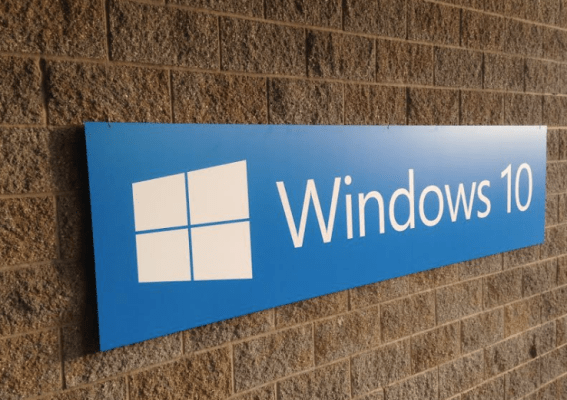Microsoft is moving to a different kind of software model with Windows 10. A developer evangelist noted that Windows 10 would be the “last version of Windows” during the company’s Ignite conference this week, and a follow-up confirmation from an official Microsoft spokesperson revealed (via the Telegraph) that, indeed, updates to Windows after that release would follow an incremental path that would lead to ongoing improvements, instead of splashy, more occasional numbered launches.
Arguably, it’s a change that has been progressively happening ever since the easy and affordable availability of Internet connectivity came to the personal computer. Software companies have been releasing continuous updates for their apps, operating systems and firmware via Internet connection gradually over time since it became practical to do so. But Microsoft’s decision to fully embrace this marks a big change in the way it conceives, markets and sells its desktop OS.
Other companies have already fully embraced this turn in the means and nature of software distribution; Adobe, for instance, is all-on on its Creative Cloud model, which sees subscribers pony up monthly fees for access to desktop programs like Photoshop and Illustrator in exchange for always having the most current version and features. Adobe makes this more attractive with a range of supporting services, including its Creative Cloud syncing file storage.
Microsoft has, especially under new CEO Satya Nadella, made the move to become much more of a services company. Putting Windows into that bundle of services would be a strong move toward upping the overall value proposition of the whole. And moving to a more gradually iterative model would probably have benefits in terms of engineering resource allocation and keeping pace with the increasingly rapid adoption curves of new tech.
It’ll be interesting to see how the sales model shifts with this change: Microsoft has announced that Windows 10 will be a free upgrade for eligible devices for the first year after 10’s official launch, but presumably if it’s capping that it’ll still be looking to drive revenue from sales of the OS. Perhaps it could become part of a larger services bundle that expands on what Office 365 currently provides.
